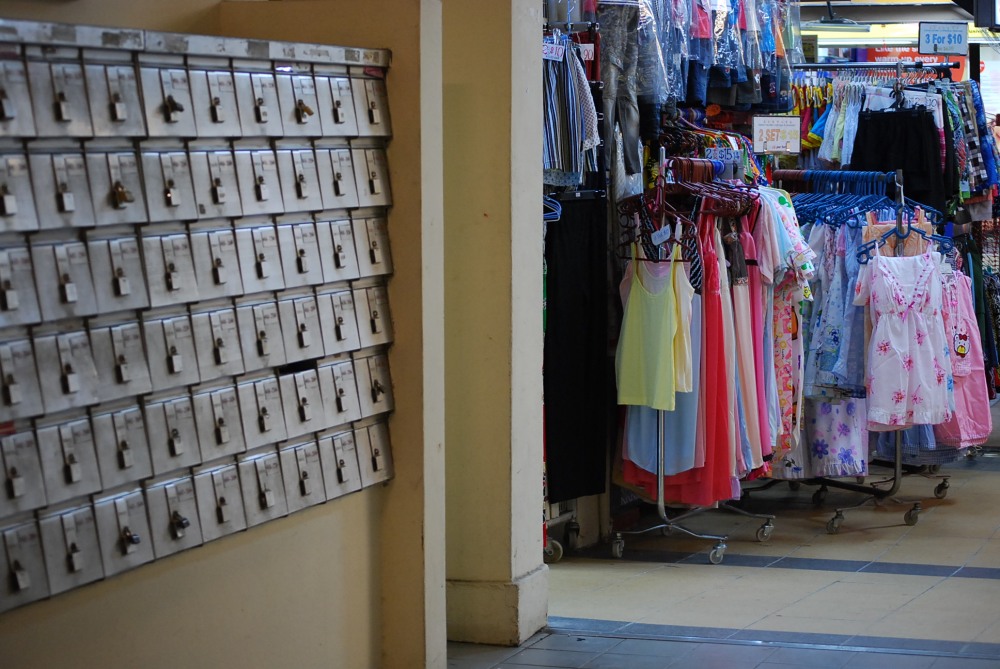This series comprises photo essays capturing the rhythms and practices of everyday life after dark in three Singapore neighbourhoods: Lembu Square (Little India), Toa Payoh Central, and Holland Village. The images illustrate the material/aesthetic and habitual/ritualistic qualities of urban nightlife that can be encountered in the humble spaces of ordinary people. The visual narratives unveil the hidden micro-geographies of quotidian neighbourhoods and taken-for-granted modes of everyday (night)life in a global city like Singapore.
Important Note: The following images and multimedia are the original works of Su-Jan Yeo and may not be reproduced, transmitted, or distributed without prior written consent.
⁄ ⁄ ⁄ ⁄ ⁄ ⁄
THE EVERYDAY (NIGHT)LIFE OF LEMBU SQUARE (2010)
Lembu Square, the colloquial name for the Bangladeshi ethnic quarter in Singapore’s heritage district of Little India, is a gathering place for the thousands of Bangladeshi foreign labourers working in Singapore’s construction industry. Here, the formal and informal sectors exist side-by-side to produce a pulsating nightscape where the everyday activities of leisure, business, and commerce collide. Hidden under the subcutaneous layers of Lembu Square’s messy aesthetics is an organized spatial logic developed through daily negotiations, contestations, and appropriations. In this way, the everyday (night)life of Lembu Square resides at the margins and centre of Singapore’s globalizing economy—it is at once informal/formal, organic/planned, and ordinary/extraordinary.








THE EVERYDAY (NIGHT)LIFE OF TOA PAYOH CENTRAL (2011)
As one of the earliest state-planned townships to be developed in the history of modern Singapore, Toa Payoh is a compelling case study of Singapore’s urban transformation story. The township of Toa Payoh, and other public housing estates like it that have been built island-wide, is a ubiquitous urban form representing a particular ‘suburban’ way-of-life for more than 80% of Singapore’s resident population. In Toa Payoh Central, the confluence of home, work, and leisure generate a mix of activities that spill into the everyday spaces of this neighbourhood precinct. Here, the banal rituals of life become less formal and purposeful and more informal and spontaneous after 6:00pm as people return home from work, dressed down in more comfortable clothes, to join family members and friends for a meal outside, to stroll and window-shop, to people-watch and simply be in the company of others.








THE EVERYDAY (NIGHT)LIFE OF HOLLAND VILLAGE (2012)
Holland Village is situated in a peculiar niche at the margins between an extensive area of exclusive private residential developments on the one side and a discernible cluster of government subsidised public housing estates on the other. This ‘in-betweenness’ is manifest in the sociospatial practices and cultural materiality of Holland Village, which assume an urban character that is at once informal and formal, old and new, and local and global. Labels such as ‘bohemian’ and ‘cosmopolitan’ have been employed by local scholars, journalists, politicians, and laypersons alike to describe the multifaceted urbanism that has allowed Holland Village to be both a home territory for everyday (night)life and an escape for weekend revelling.







